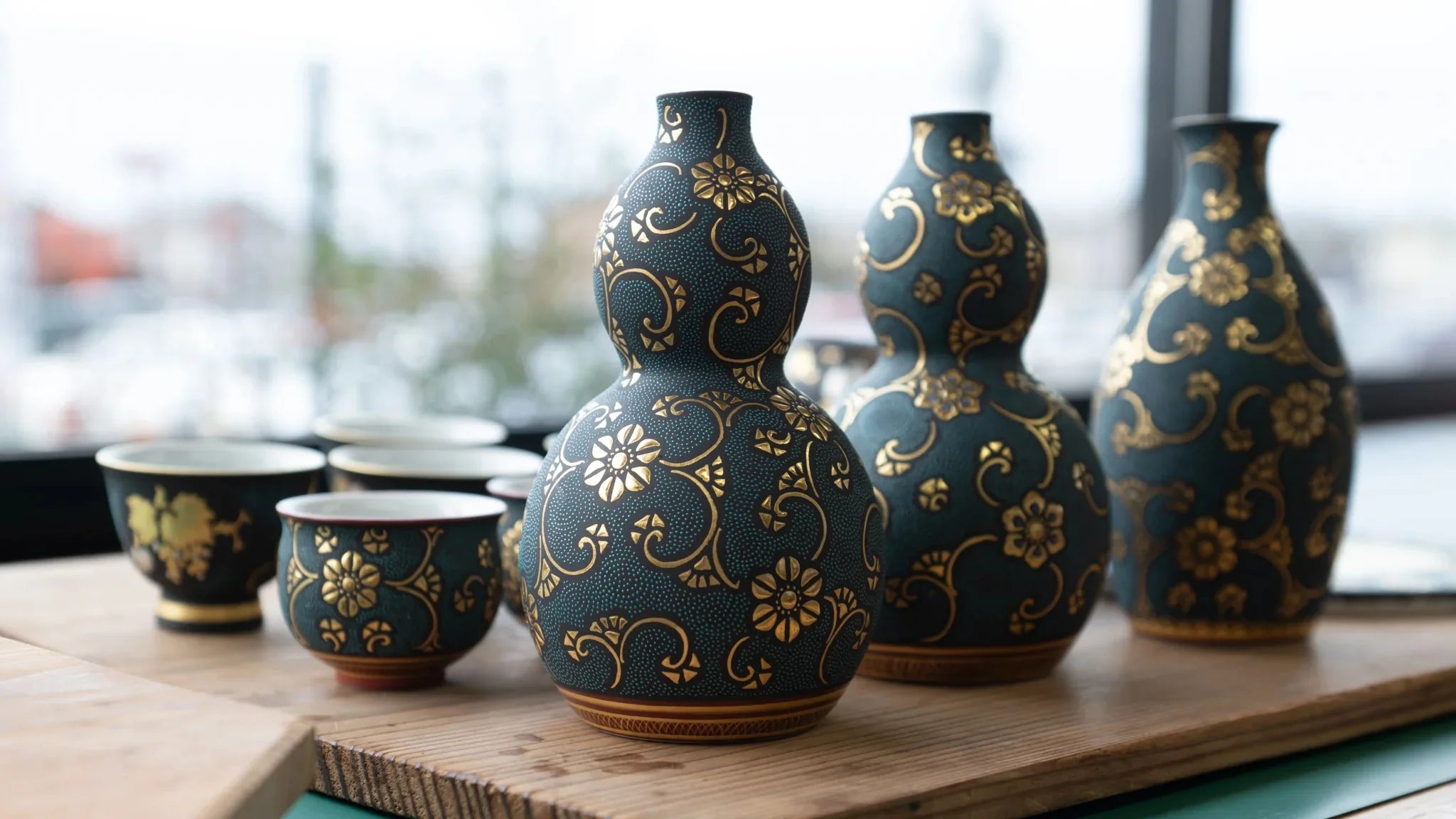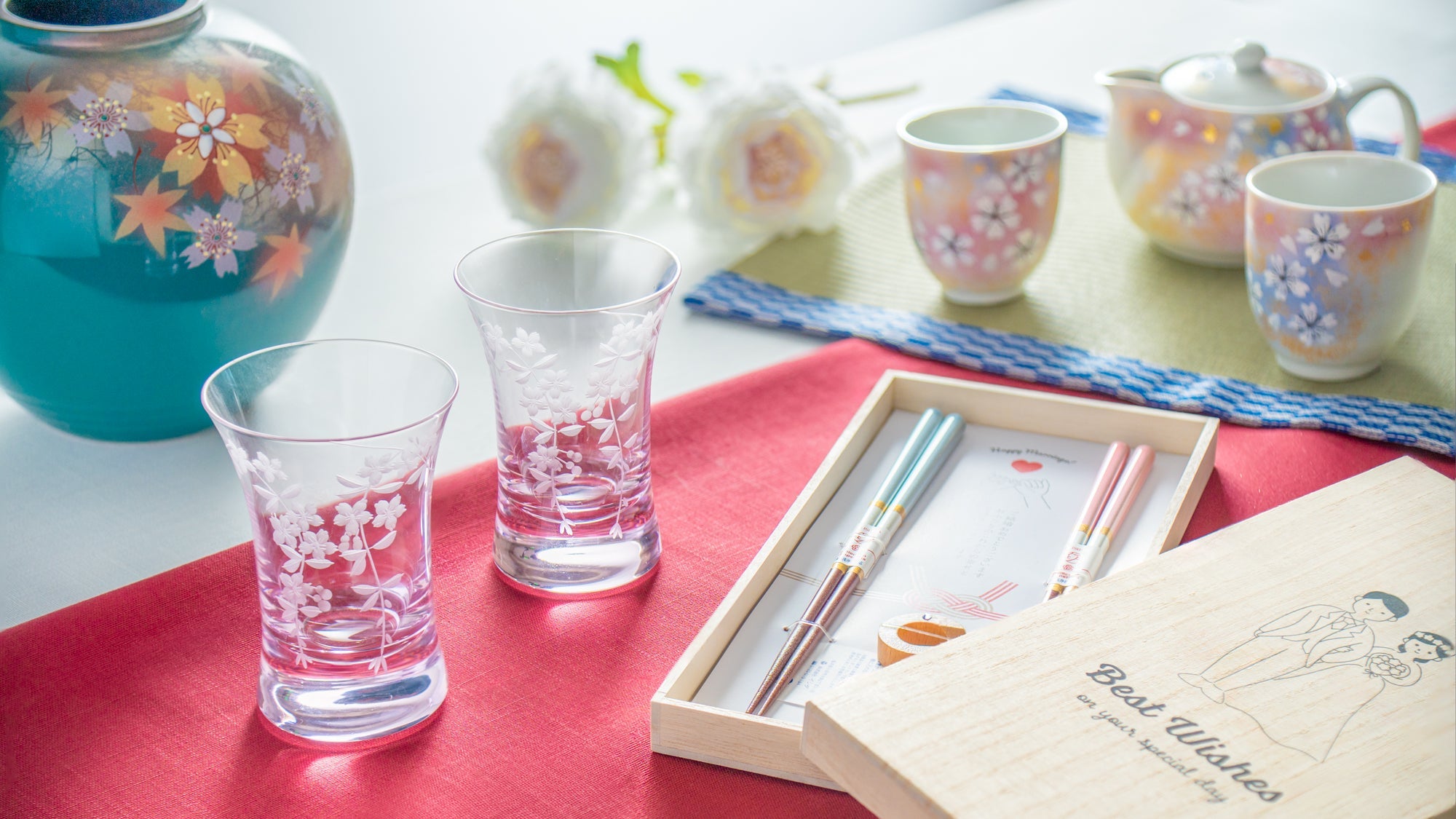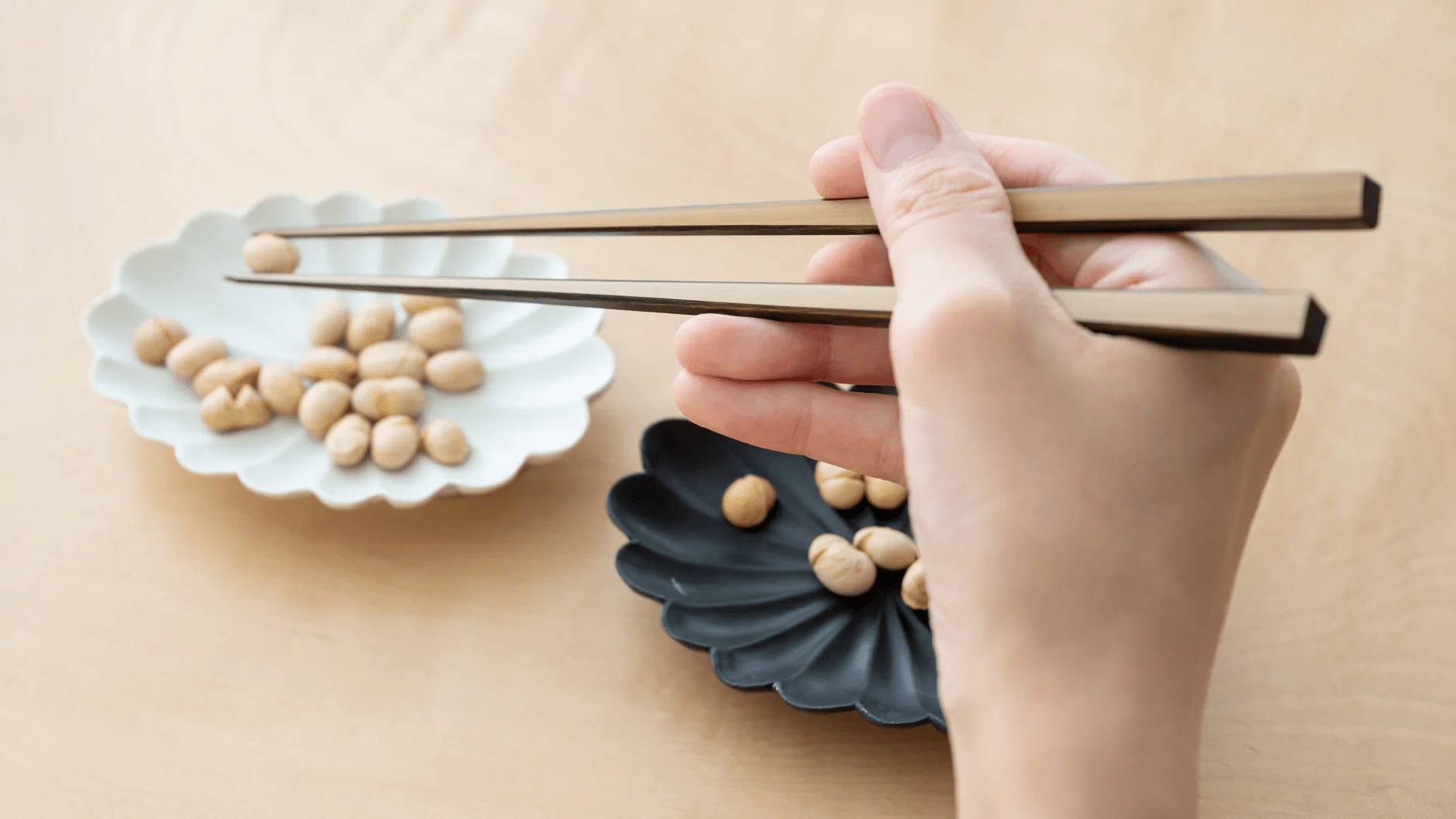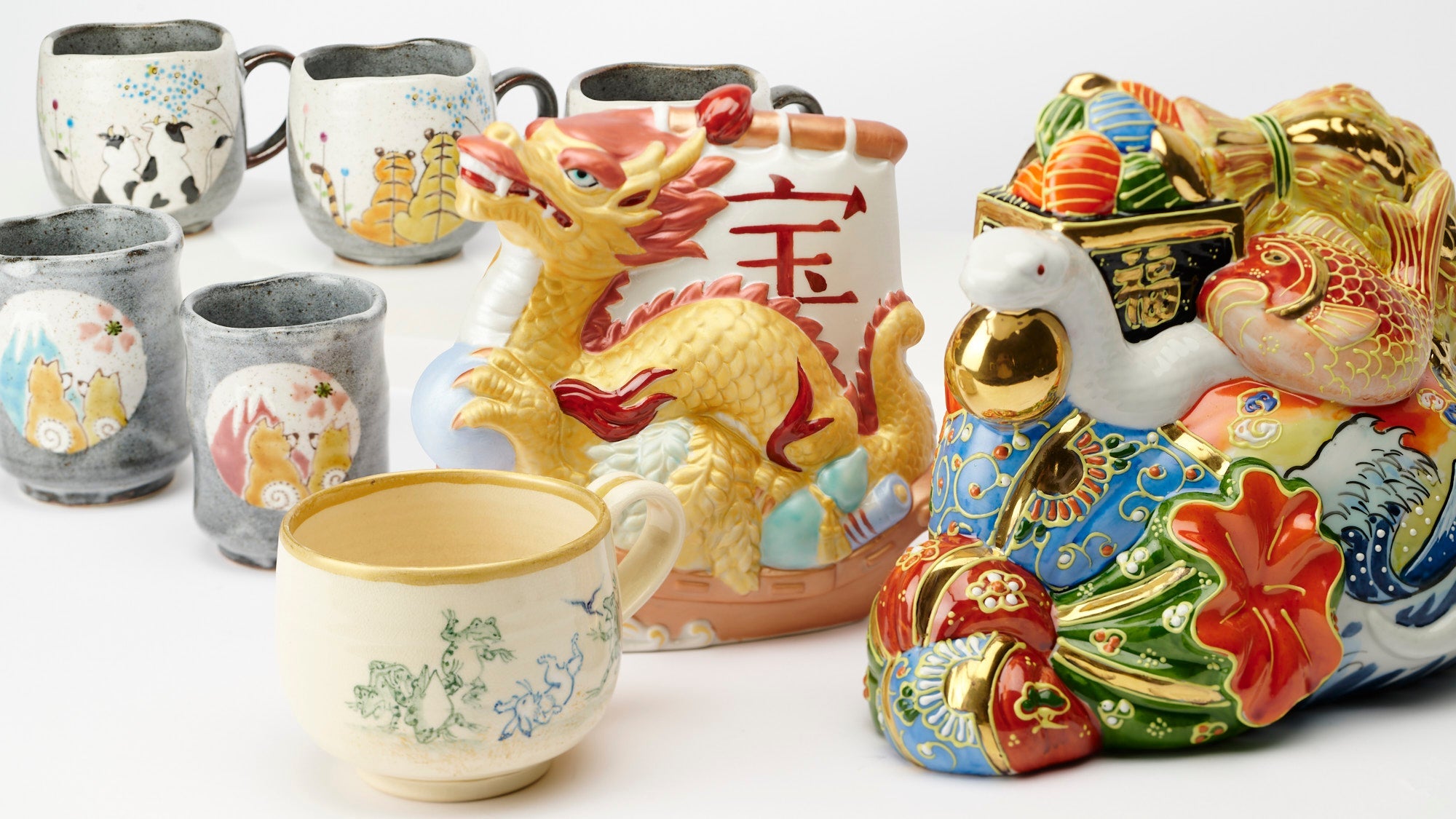
Hidden Gems of Kutani Ware: A Visit to Komatsu City's Artisans
Written by Shirata Ai
On January 1st, 2024, Ishikawa Prefecture was struck by the Noto Peninsula Earthquake and tsunami. The Kutani ware industry in the region has also suffered devastating damage, and many people are finding shelter in evacuation centers. We, MUSUBI KILN, are determined to support the people who have been devastated by this disaster, and our thoughts are with those who have lost their loved ones. Although this article was written prior to the earthquake, we have decided to publish it as it is, in hopes that the region recovers soon and the beautiful craftsmanship, as shown in the article, can thrive once again.
On a tranquil December day, we explored Komatsu City in Ishikawa Prefecture. Unlike Tokyo, where Musubi Kiln is situated and often enjoys cloudless days during winter, Ishikawa's winters are typically cloudy or rainy, with temperatures that can plunge to snow, and even thunderstorms are not uncommon. Clear skies are a rarity here, and locals mentioned this could be the year's final day with such beautiful weather.
This time, we embarked on a two-day, one-night trip to visit Kutani ware artists in Nomi City and Kaga City. We also paid visits to greet about ten kilns that we regularly work with. Among them, I'd like to introduce two particularly impressive individuals.
tables of contents
The Marvel of Nakata Kingyoku

At the gallery in his workshop, Nakata Kingyoku showed me his works. Contrary to the profound nature of his creations, he was very cheerful. He studied under his father, the second generation artist, not only inheriting the techniques but also expanding his work, using not only gold but also platinum, creating red-background pieces, and extending beyond tableware to items like beckoning cats.


Nakata Kingyoku's Inspirations


In the midst of our conversation, I mentioned the sake cup I own. "It has a pattern of scattered sakura, doesn't it?" he recalled, remembering exactly what the design looked like.
For me, it was a first-time experience to express my thoughts to the artist, and I felt joy in being able to share my feelings. I realized that it's also a mission to inform the artist that once their work leaves their hands, it is being used and cherished by its owner, feeling a new sense of responsibility.
Kitano Hiroki's Future Visions of Kutani Ware

Our guide for this business trip was Kitano Hiroki from Kitano Tojudo. His store is located in Kutani Ceramic Village, a street lined with shops. Here, products from various kilns are gathered and sold daily, and shipments to retailers like us are prepared in the back. Kitano is a strong ally, bundling the works of many kilns, checking their quality, and carefully packaging and shipping them for our overseas customers at Musubi Kiln.
We conducted several business negotiations at the store and discussed new products. Although it was my second time meeting Kitano, it was our first in-depth conversation. What struck me was his vision not just for his own business, but for revitalizing Kutani ware as a whole. It was only during this trip that I understood why this was so important.
Kutani ware varies greatly – some kilns handle everything from clay preparation to painting, while others, like individual artists, only do the painting. When exploring production issues, I learned that some kilns struggle with a shortage of clay-making craftsmen, while others face a shortage of painters. Solving just one issue isn't enough in such a diverse field.
Kitano had arranged many appointments for us, guiding us through the kilns. Without him, it would have been difficult to visit so many places in our limited time. Listening to his conversations with the artists, I could feel the trust they had in him.
We realized that we are supported not just by the artists and kilns that create our products, but also by many others who play vital roles in between. Our business trips are not only for finding new products but also for discovering the stories of the creators and their origins.








Leave a comment
This site is protected by hCaptcha and the hCaptcha Privacy Policy and Terms of Service apply.